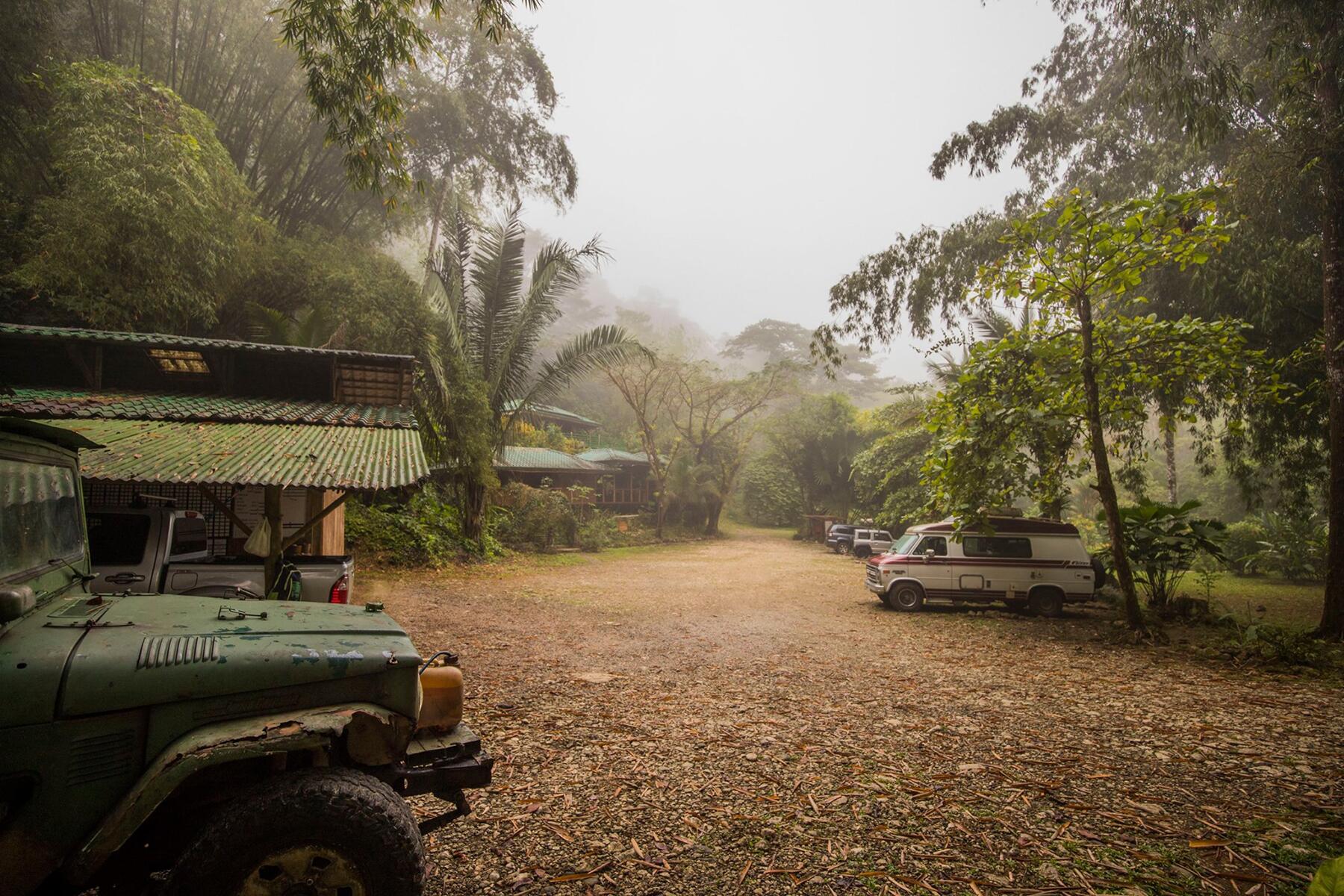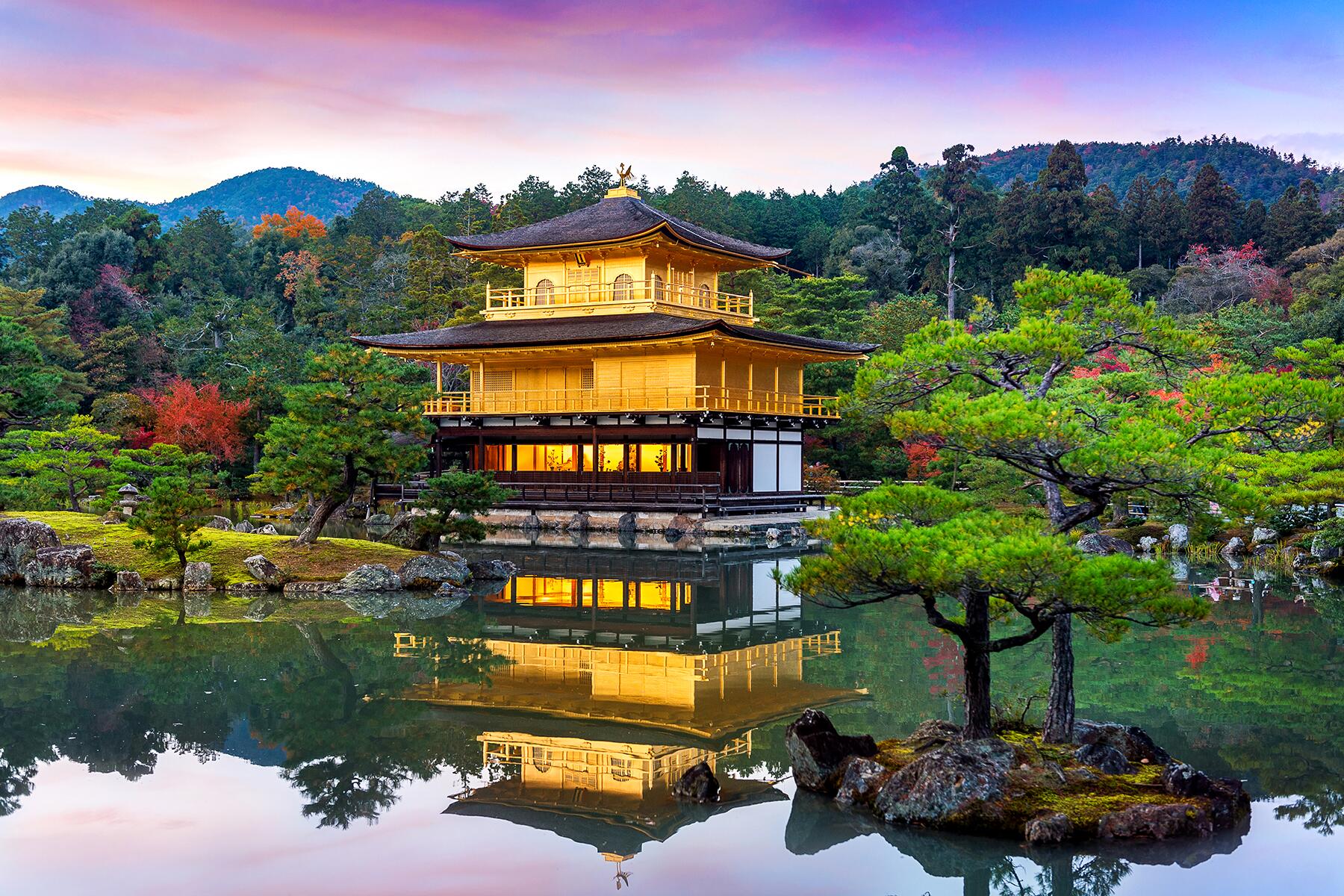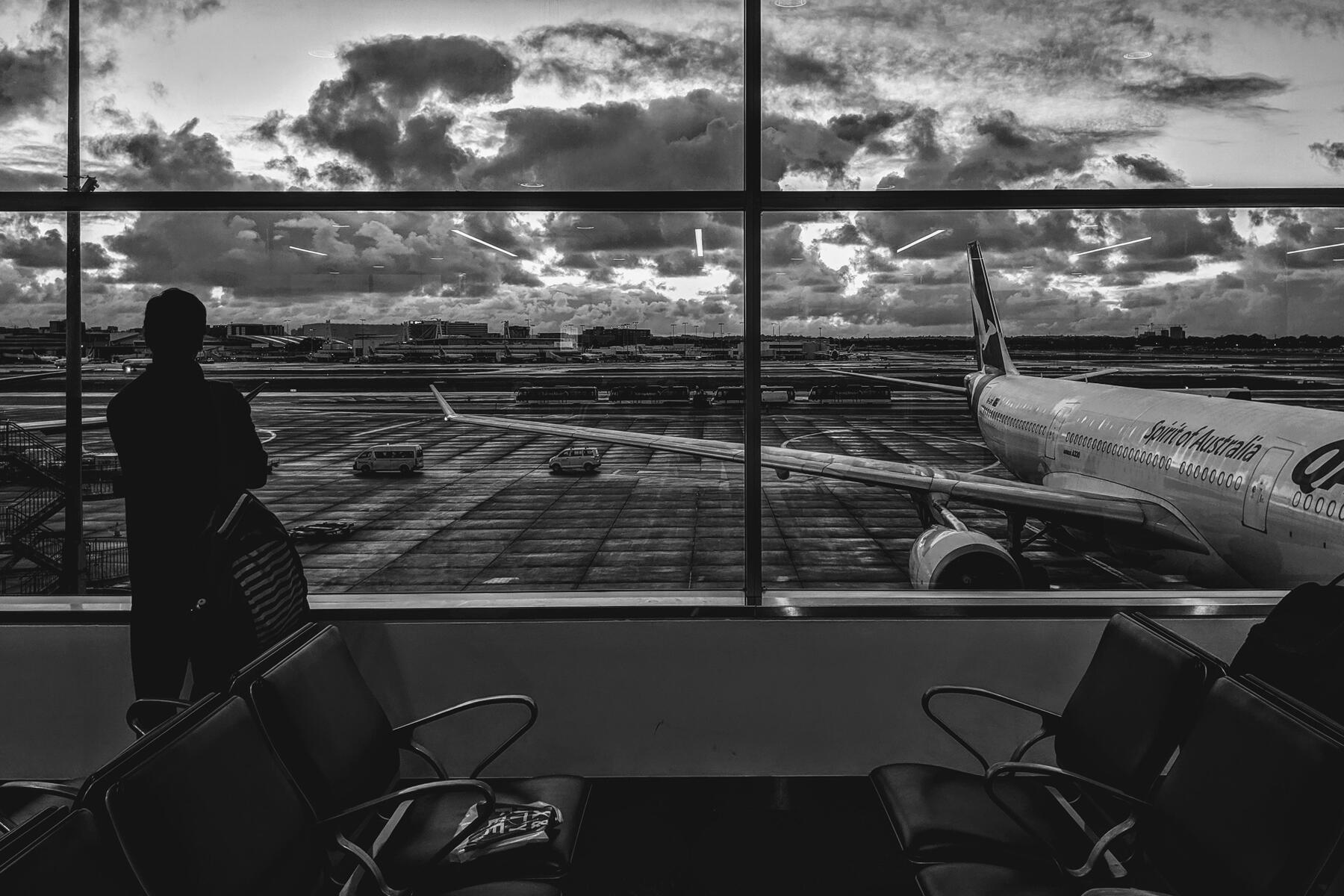"Stay home and stay safe.”
As travelers are packing snacks and planning routes to join the pandemic road trip revival, many sovereign, Indigenous nations of America have a message: come back another time.
These days any savvy traveler knows they need to check travel bans before planning a trip. No one would drive to the airport and expect to be allowed on any plane they want. But the equivalent is happening with U.S. road trippers, particularly those in search of the great outdoors.
Most Americans lack awareness that there are 574 self-governing tribal nations in the U.S. with laws separate from the states they reside within. Before we try to capture the perfect hues of Antelope Canyon, stand at Four Corners, drive around the majestic Glacier National Park, or live like Beyonce at the dreamy Havasu Falls, we better check our assumptions.
Tribal Sovereignty in the Time of COVID-19
Indigenous nations are not only self-governing but are the oldest governments on the continent. There is often an assumption that reservation lands were “given” to tribes by the United States through treaties. But treaties, by definition, are acts of negotiation and recognition between countries. And tribal nations were entering treaties with European countries long before the U.S. was even an idea.
This isn’t ancient history—these nations retain and exercise their rights today. The always important issue of tribal sovereignty, the legal recognition of each tribe’s ability to make and enforce laws, becomes crucial in a pandemic.
Since the beginning of the coronavirus, Indigenous communities have carried a disproportionate burden. The CDC reports that COVID-19 rates among American Indians and Alaska Natives are 3.5 times higher than among whites and hitting younger generations harder. As Indigenous nations bolster infrastructures weakened by centuries of systemic injustice, they’re using their sovereignty to protect their communities’ unique health needs.
Navajo Nation and the Four Corners Region
“We are closed,” said Louise Tsinijinnie, media representative for the Navajo Nation Parks and Recreation. “This is an executive order that only changes with the Council and President. This is for the protection of the people and the nation in its entirety.”
Navajo Nation features many of road trippers’ must-see sites. The red wave walls of Antelope Canyon and state-straddling Four Corners Monument are part of the popular parks and monuments owned and maintained by the Navajo. And to many travelers’ unpleasant surprise, they are all off-limits.
Most Americans lack awareness that there are 574 self-governing tribal nations in the U.S. with laws separate from the states they reside within.
Faced with a sharp infection curve in the spring, Navajo Nation took aggressive action. The entire nation, an area larger than West Virginia, went into lockdown. Since then, there have been multiple shelter-in-place orders and 57-hour weekend lockdowns. All stores are closed during these, and if you insist on driving through and need gas, you better have a credit card.
The caution is warranted. One million tourists a year travel to Navajo parks, and Tsinijinnie wants to remind everyone of the risk to the people who live there. “It’s all for safety. All of our parks, including the trails, are closed. Anyone doing business on the side is breaking the law.”
Tsinijinnie reports that her office still gets many calls from travelers asking to just stop by the Four Corners and that rangers are still encountering people trying to hike in the parks. “Stay home and stay safe. This is so people can come in the future so that we protect the people and our spaces for everyone.”
Blackfeet Nation and Glacier National Park
The window for travel across Glacier National Park’s single thru-road is always a small one, with snowpack keeping it at least partly closed for all but a few summer months. But this year, the Going-to-the-Sun road never fully opened. The eastern gates to the most accessible view of glaciers were off-limits. Despite the congestion and confusion, Glacier National Park committed to the safety of the neighboring Blackfeet Nation.

With widespread risk from their international tourism in a pandemic, the Blackfeet Nation of northwest Montana shut down. The community rallied around efforts to stay safe: stay-at-home orders, cancellation of all community events, 14-day shutdowns across the reservation, and curfews. They managed to keep infection out for several months.
Like with the Navajo, it all comes with a cost. The economic hits from the park’s eastern business closures and the cancellation of major events like the annual North American Indian Days have been significant. But the community stands by the need to save lives, particularly its venerated elders.
Unfortunately, rates of infections and deaths in Blackfeet Nation, and Montana, have risen drastically in the last few months. To combat an infection rate holding steady around 300, the Tribal Council enacted an extended stay-at-home order on September 28. The nation, and the eastern half of the park, remain closed to outsiders for everyone’s safety. If travelers must stop for gas, they’re asked only to do so with masks and gloves.
The Havasupai Tribe and Havasu Falls
Many people recognize pictures of the gorgeous blue waters contrasting against the red canyon, but it’s not the easy stop many imagine. Havasu Falls lies within the Havasupai Tribe, requiring permits and either days of rafting on the Colorado River or hiking 20 miles round trip from a hilltop checkpoint. Despite the effort, demand far outweighs permits.
More than a tourist haven, Havasu Canyon is also the ancestral and modern home of the Havasupai Tribe. While much of the Tribe’s economy centers around tourism, the Supai Village is a community with all of the small-town staples for residents living in the canyon.
The coronavirus has devastating implications for the small and remote Havasupai Tribe, so they closed their borders in late March as the virus emerged in Arizona. Security details monitor the boundary’s checkpoint, and anyone without authorization is turned around.

Matthew Putesoy, Sr., Vice Chair of the Havasupai Tribal Council, reports they have been able to keep COVID-19 out of the village. When numbers were higher in nearby Kingman and Flagstaff, the tribe did an additional, recently-lifted, stay-at-home order. While the community remains closed to outsiders, Putesoy says, “it is good to see people out in the village again, safely.”
Most tourists have been cooperative, and many with reservations for the canyon opted to reschedule versus seek a refund. But the canyon’s mouth on the Colorado River is within the Grand Canyon National Park, and some rafting operators initially balked at the request to stay out of the canyon entirely. Putesoy credits the partnership with their Grand Canyon National Park in helping all parties reach an understanding and respect the decision.
Putesoy looks forward to a time when tourists can safely return to enjoy the waters and the land. “In a way, this has been a blessing in disguise. It gives the land a chance to breathe and regenerate from the wear and tear. Wildlife and vegetation are coming back. It will look different when tourists come back!”
Let’s respect the rights and health of Indigenous nations, take a breath along with the land, and return when it’s safe for all.




